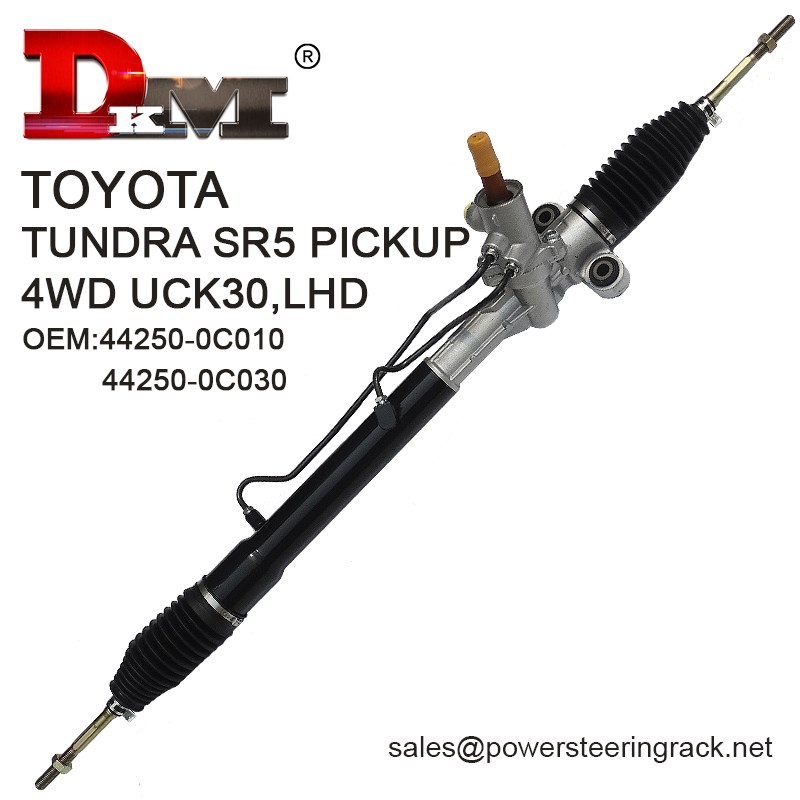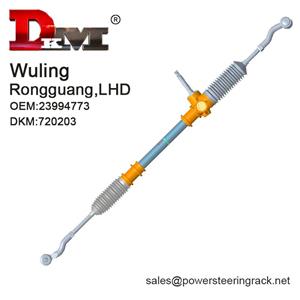How can I make my power steering softer?
The power steering system is an important part of modern cars. It provides steering assistance through hydraulic or electric systems, making it easier for drivers to control the direction of the vehicle. However, over time or due to wear and tear of the system, the power steering may become less sensitive or even feel less soft. This not only affects driving comfort, but may also affect the handling of the vehicle. Therefore, how to make the power steering softer is a concern for many car owners.
This article will detail the main factors that affect the softness of the power steering system and provide some practical suggestions to help you improve the performance of the steering system. With a deep understanding of the steering system, car owners can maintain the best steering experience in daily driving.

How does the power steering system work?
Before discussing how to make the power steering softer, we first need to understand how the power steering system works. There are two main types of power steering systems in modern vehicles: Hydraulic Power Steering (HPS) and Electric Power Steering (EPS). The main function of these two systems is to reduce the force required by the driver to turn the steering wheel, making steering easier.
1. Hydraulic power steering system: This system uses a hydraulic pump to send steering hydraulic oil to the steering assist device. When the driver turns the steering wheel, the hydraulic oil generates pressure in the system to help push the steering gear to reduce the driver's operating force. The hydraulic power steering system relies on the engine to drive the hydraulic pump, so the power assist is only generated when the engine is running.
2. Electric power steering system: Unlike hydraulic systems, EPS systems provide steering assistance through electric motors, which accurately control the size of the power assist based on the steering angle and vehicle speed detected by sensors. Compared with hydraulic systems, EPS systems are more energy-efficient and easier to adjust.
Regardless of the type of power steering system, their ultimate goal is to make it easier for the driver to control the direction, but if the system is not properly maintained or there is a problem with the components, the steering may become less smooth.

What are the factors that affect the softness of power steering?
The softness of power steering is affected by many factors, including the design of the steering system itself, the wear of the components, the condition of the hydraulic oil, and other factors related to vehicle use. Here are a few key factors:
1. Type of steering system: Hydraulic power steering systems and electric power steering systems work differently, so the softness performance is also different. Hydraulic systems may affect the smoothness of steering due to the fluidity of the hydraulic oil or the reduced efficiency of the pump; while electric systems depend on the accuracy of the electric motor and the sensitivity of the sensor.
2. Condition of the steering hydraulic oil: For hydraulic power steering systems, hydraulic oil is the key to the normal operation of the system. If the quality of the hydraulic oil decreases, or there are impurities and bubbles in the oil circuit, the steering will become stiff or unresponsive. Therefore, keeping the hydraulic oil clean and at the right viscosity is essential to ensure the softness of the steering system.
3. Wear of steering components: The core components of the steering system, such as racks, steering gears, hydraulic pumps, electric motors, etc., will wear or age over time. Wear of any part will directly affect the feel of the steering. In particular, wear of the steering rack and gear will cause a lag or increase in resistance in the steering operation, resulting in no longer smooth steering.
4. Condition of the tire and suspension system: The performance of the steering system depends not only on the internal components, but the condition of the tire and suspension system will also affect the softness of the steering. If the tire pressure is insufficient or severely worn, or there is a problem with the suspension system, it will cause abnormal noise or heavy feel when the vehicle is turning, thus affecting the overall driving experience.
5. Lubrication status of the steering shaft: The steering shaft connects the steering wheel and the steering gear. Insufficient lubrication or aging of the lubricating oil will increase the friction of the rotation, causing the steering wheel to become less smooth during operation. Therefore, it is also very important to check the lubrication status of the steering shaft regularly.

How to make power steering softer?
In order to restore the power steering system to its best condition and provide a softer driving experience, car owners can start from the following aspects:
Check and replace the hydraulic oil
If your vehicle is equipped with a hydraulic power steering system, the condition of the hydraulic oil is crucial. Over time, the hydraulic oil may become dirty, lose viscosity, or even bubble, resulting in a decrease in the efficiency of the steering system. Therefore, regularly checking the quality of the hydraulic oil is the key to maintaining soft steering.
● Regularly replace the hydraulic oil: It is recommended to replace the hydraulic oil regularly according to the vehicle's manual, usually every two years or every 50,000 kilometers. If the hydraulic oil changes color, turns black, or has an odor, it is recommended to replace it immediately.
● Remove air from the system: Air in the hydraulic system may cause unstable steering or noise, so when changing the hydraulic oil, make sure to completely remove the air from the system to ensure the stability of the fluid pressure.
Check the wear of the steering components
If a component in the power steering system is worn or faulty, the steering operation will become unsmooth and may even cause steering failure. Therefore, regularly checking the core components of the steering system, such as the steering rack, steering pump, steering gear, etc., can help to find and solve problems in time.
● Replace the worn steering rack: The wear of the steering rack will cause the steering operation to be unsmooth, the steering wheel will return to the center slower or there will be resistance. If the rack is found to be severely worn, it should be replaced in time.
● Check the lubrication status of the steering shaft: If the steering shaft is not lubricated enough, you may feel obvious friction during operation. Check the lubrication status of the steering shaft regularly and add appropriate lubricating oil.
Ensure that the tire pressure and suspension system are normal
Insufficient tire pressure or problems with the suspension system will affect the performance of the steering system, especially at low speeds or when turning, the steering operation will become unsmooth. Keeping tire pressure within the normal range and regularly checking and maintaining the suspension system can help improve steering smoothness.
● Maintain moderate tire pressure: Make sure the pressure of all tires is within the manufacturer's recommended range. Too high or too low pressure will affect the steering feel.
● Check the suspension system: Problems with the suspension system will cause the body to be unstable or make abnormal noises when turning, affecting the driving experience. Therefore, regularly check the shock absorbers, springs and other components of the suspension system to ensure that they are in normal condition.
Adjust or upgrade the steering system
If the above methods cannot improve the steering smoothness, the owner can consider adjusting or upgrading the steering system. For example, some high-performance models may be equipped with an adjustable steering power system, and the driver can adjust the steering power according to his driving habits to achieve a softer operating feel.
● Adjust the steering power: For vehicles equipped with an electronic power steering system, the driver can adjust the power according to personal preference. At low speeds, increasing the power can make steering easier, while at high speeds, reducing the power can improve handling and stability.
● Upgrade steering system components: For older models, owners may consider upgrading certain components of the steering system, such as replacing with a higher-performance steering pump or power steering system to improve the smoothness and precision of steering.

DKM, a renowned manufacturer of power steering systems, has been serving the global automotive market since 1996. With a production capacity of 300,000 units per year and advanced CNC equipment, we specialize in gear rack steering systems for various vehicle brands, including Toyota, Honda, and Volkswagen. Our products are exported to regions such as the USA, Italy, Southeast Asia, and the Middle East. We offer competitive prices, wholesale options, and customizable solutions. Whether you're looking for bulk purchases or low-cost, high-quality products, DKM is your trusted supplier. Request a quote today to learn more about our exceptional services!




